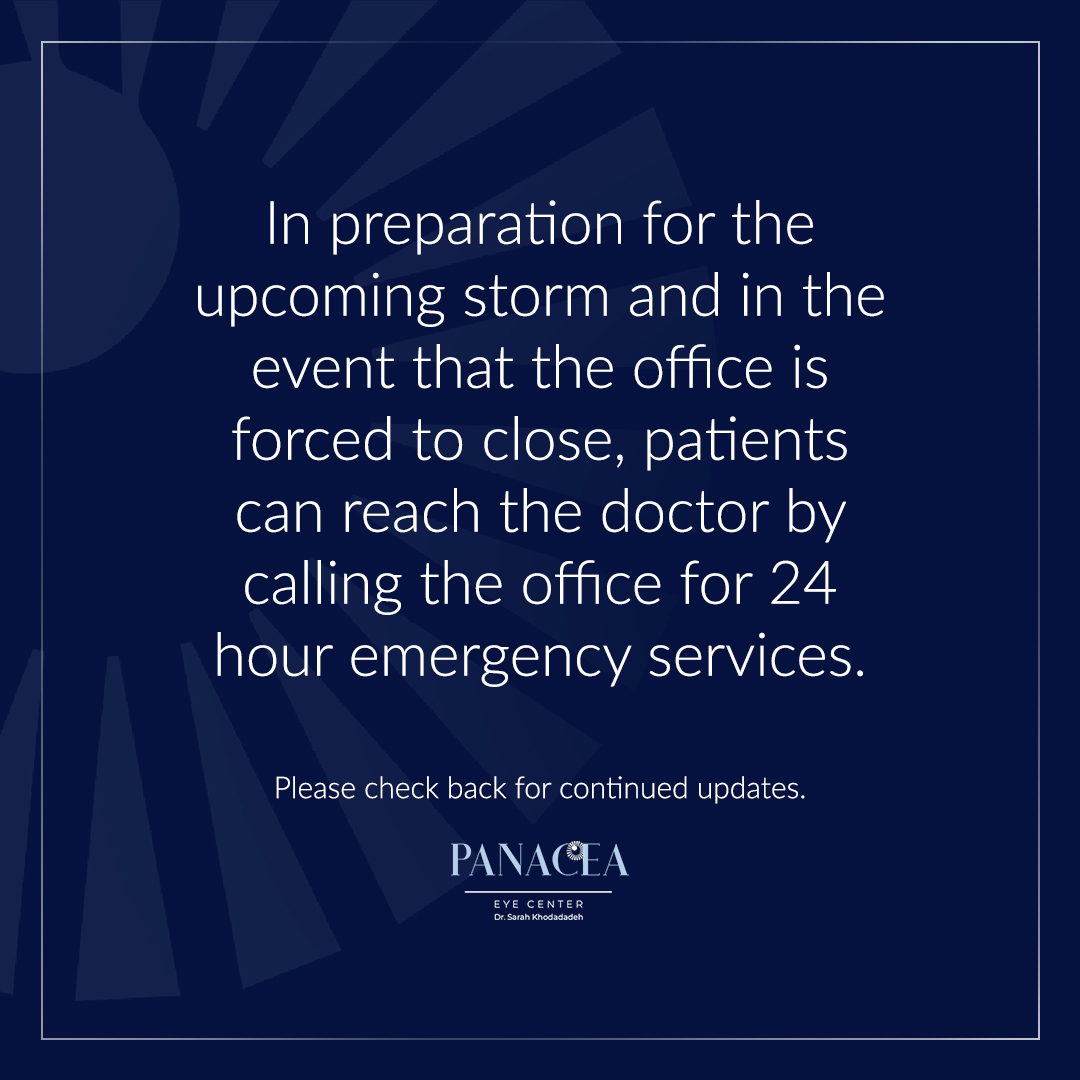
What is Cataract Surgery?
Cataract surgery is a safe and routine procedure; millions of people all over the world successfully undergo cataract surgery every year. Cataract surgery removes your eye’s natural lens and implants an artificial intraocular lens (IOL) in its place. IOLs are specifically designed to integrate with your eye’s structures and remain clear and intact for many years.
Preparation
First, the nurses and technicians will prepare you for surgery and will move you to the operating room. Then, they clean the skin around your eye with a disinfectant wipe and apply some special eye drops designed to prevent infection and dilate the pupil. A technician may use some numbing eye drops to make sure you will be comfortable throughout the surgery.
Removing Your Old Lens
After all the equipment is in place, the surgeon will make a tiny incision in your cornea. Then a probe about the size of a pen tip will be inserted into the incision. In a process called phacoemulsification, high-frequency sound waves are used to break up the cataract (the clouded natural lens) into little pieces for removal. As the lens breaks apart, the probe will be used to suction the pieces from your eye. Soon after that, the cataract will be completely gone.
Inserting The New Lens
Like most intraocular lenses, the IOL (intraocular lens) will be rolled up. With the injector tool inserted through the same tiny incision in your cornea, the doctor will then place the new IOL into the capsule of your eye where your cataract used to be. The IOL will unfold into places with its haptics, or arms, holding the lens permanently in position. The surgeon may make some slight adjustments to align the lens in your eye for astigmatism based on the measurements taken before the surgery.
Completing Surgery
After the IOL is inserted, you'll be moved to the recovery room where you'll rest up and get ready to see the world through your new lens. The surgery center will place a clear plastic shield over your eye to protect the eye and will go over specific instructions with you. You will have to refrain from any bending or lifting for a period of time while the eye recovers. The surgeon will prescribe drops for you to take to help with the healing of the eye while protecting against infections. You may also be a candidate for dropless surgery.








